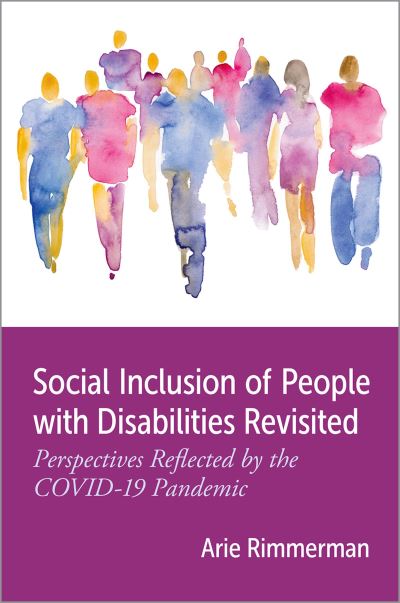
Two recent developments created a need for this book, the first is the ratification of the United Nation's Convention on the Rights of Persons with Disabilities (CRPD) in most of the countries. The convention clarifies the provisions of their social inclusion and rights for assistive technologies. The second development is the COVID-19 pandemic that has disrupted the lives of people around the world, and particularly people with disabilities. The restrictions imposed on the general public to save lives worsened the conditions of people with disabilities who experienced further deterioration of health outcomes, social exclusion, and discrimination. Social inclusion has changed during the COVID-19 pandemic as digital substantially replaced face-to-face communication. The digitalization has changed society and reconfigures social relationships, and thus the dynamics and climate of inclusion. Can digital inclusion compensate persons with disabilities for their social exclusion in virtual reality? The book discusses whether the pandemic changes the status of social inclusion of persons with disabilities. The book explores the roots of social inclusion/exclusion and current use of the term in respect to people with disabilities, the impact of COVID-19 on social inclusion of people with disabilities, and countries' policies to them during the pandemic and afterward. The core issue is regarding relationship between social and digital inclusion during the pandemic and afterward. This has been discussed in respect to persons with various disabilities living in developed and low-medium-income countries and children with disabilities.
| ISBN: | 9780197758908 |
| Publication date: | 25th January 2025 |
| Author: | Arie Rimmerman |
| Publisher: | Oxford University Press an imprint of OUP USA |
| Format: | Hardback |
| Pagination: | 192 pages |